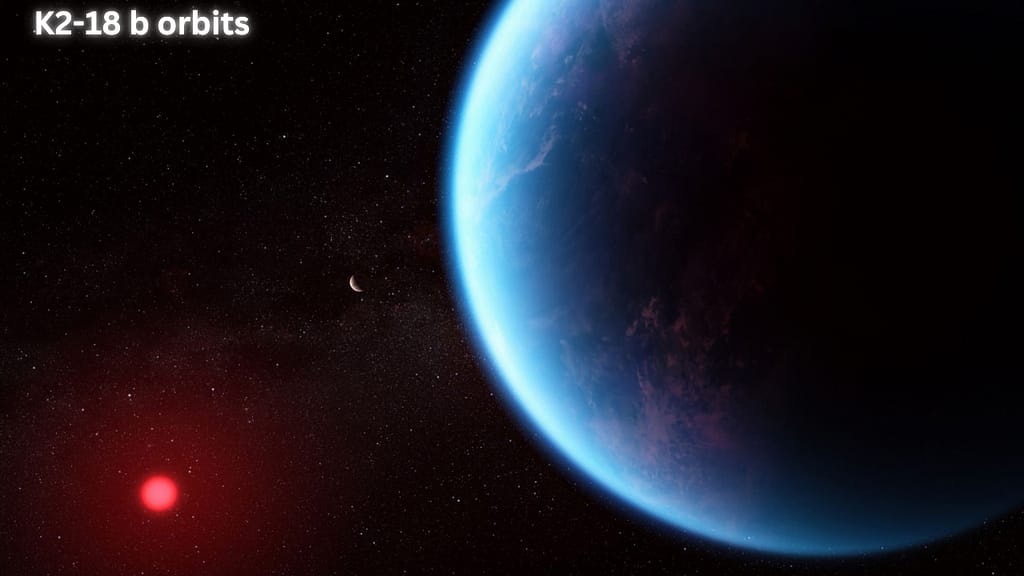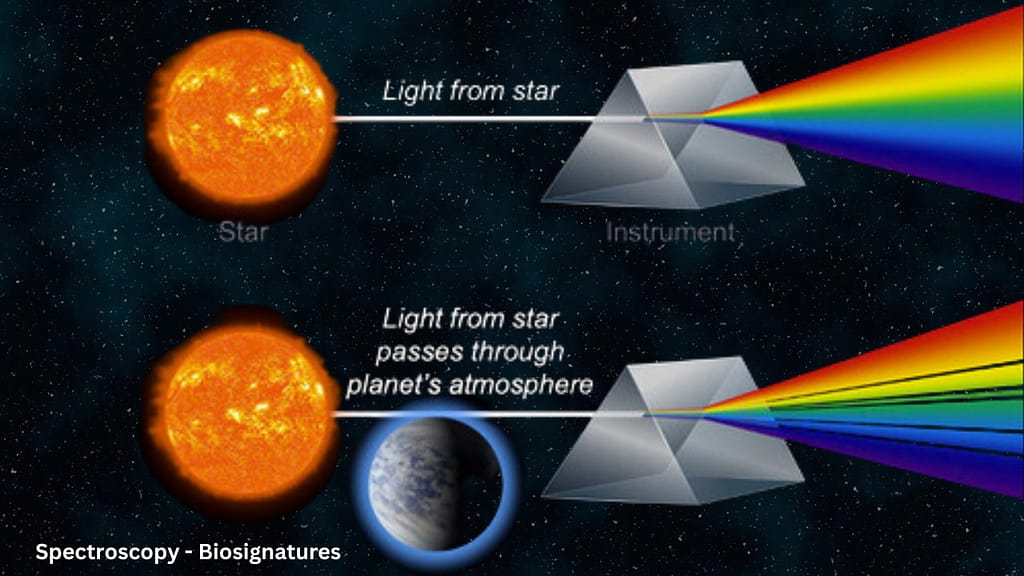Table of Contents
Alien life: Numerous astronomers are no longer asking whether there’s life away in the macrocosm.
Instead, they wonder When will we find it?
Many people are optimistic about finding signs of Alien life on distant worlds in our lifetime perhaps in the next few years. And the scientist leading the journey to Jupiter even went so far as to say it would be amazing if some of the planet’s icy moons were devoid of life.
NASA’s James Webb Space Telescope (JWST) as of late recognized captivating signs of life on a planet exterior our sun powered framework and it has numerous other universes in its sights.
Many missions underway or about to be launched represent a new space race for the greatest scientific discovery of all time. Astronomer Royal Scotland Catherine Heymans says we live in an infinite universe full of countless stars and planets.
It is clear to many of us that we cannot be the only intelligent life.
Goldilocks Zone in Space

The telescope can presently analyze the environments of far off planets, looking for chemicals that at slightest on Soil can as it were be created by living organisms.
The to begin with see of such a revelation came prior this month.
Potential signs of gasses created by conventional marine life on Soil were found within the climate of a planet called K2-18b, which is 120 light-years away.
The planet is found in what space experts call the Goldilocks Zone it’s at fair the correct separate from its star so that the surface temperature is not one or the other as well hot nor as well cold, but there’s fluid water, which is basic for life.
The group trusts to affirm whether these tantalizing signs are genuine or have blurred absent inside a year.
Professor Nikku Madhusudhan, who driven the consider at the Established of Cosmology at the College of Cambridge, told me that in the event that these signs are affirmed, it’ll on a very basic level alter the way we think around the explore for life.
If we find signs of life on a examined planet for the primary time, it’ll increment the probability that life is common within the universe.
He gauges that inside five a long time, our understanding of life within the universe will experience a enormous alter on the off chance that signs are confirmed.
As effective as NASA’s JWST is, it has its restrictions. The measure of Soil and its nearness to the Sun make it appropriate for supporting life. Be that as it may, JWST won’t be able of distinguishing the environments of planets as little as Soil (K2-18b is eight times bigger) or those orbiting their parent stars closely.
Therefore, NASA is arranging the Tenable Universes Observatory (HWO) for the 2030s. Utilizing an compelling high-tech sunshield, it’ll reduce the light from the star it’s circling, meaning it can identify and test the climates of planets like ours.
At the conclusion of this decade, the Greatly Large Telescope (ELT) is additionally coming online, based on Soil and looking at the impeccably clear skies of Chile. It gloats the biggest reflect of any instrument, with a distance across of 39 meters, and thus can see much more detail within the airs of distant planets compared to its predecessors.
All three of these inaccessible observatories utilize a technique that’s been employed by chemists for decades to distinguish chemicals within substances they ponder by the light they emit.
They’re so unimaginably capable that they can do it from the black out flicker of light coming from a planet circling a star hundreds of light a long time absent.

The search for a nearby home is underway
Some focus on distant planets, while others focus on the planets in our own backyard our solar system.
The most likely habitat is Europa, one of Jupiter’s icy moons. It is a beautiful world with cracks on the surface that look like tiger stripes. Beneath Europa’s icy surface lies a vast ocean, from which clouds of water vapor spew into space.
NASA’s Clipper charge and the European Space Agency’s( ESA) Jupiter Icy Moons Explorer( JUICE) charge will both arrive in the early 2030s. A few years after the SUKO mission was approved in 2012, I asked the chief scientist of the European mission,
Professor Michel Dufayard, if he thought there was a chance of finding life. He replied: “It would be amazing if one of Jupiter’s icy moons didn’t have life.”
NASA is also transferring a spacecraft called Dragonfly to land on Saturn’s moon Titan. It’s an alien world whose lakes and clouds are made of carbon-based chemicals that create the eerie orange haze that covers the surface. Along with water, these chemicals are considered essential for Alien life.
Although Mars is presently negative to life, astronomers believe that the earth was formerly abundant, with a thick atmosphere and abysses able of supporting life.
NASA’s Perseverance rover is presently collecting samples from the crater, which was formerly allowed to be an ancient swash delta. In the 2030s, a separate mission will return samples to Earth for analysis, allowing scientists to study possible traces of ancient microbial Alien life.
These operations to colorful corners of our solar system could change our understanding of the possibilities of extraterrestrial Alien life in the coming decade.
Are aliens trying to contact us
While some scientists consider this question within the realm of wisdom fabrication and distant enterprise, the hunt for radio signals from extraterrestrial Alien societies has been ongoing for decades, led primarily by the Hunt for Extraterrestrial Intelligence( SETI) institute.
Exploring the entire macrocosm is a vast bid, so their quests have largely remained serendipitous until now.
But the capabilities of instruments like the James Webb Space Telescope( JWST), which can dissect distant planetary atmospheres, mean that SETI can concentrate its hunt on the most likely places where advanced societies might live.
For the study of Alien life in the macrocosm, SETI’s Carl Sagan Center director, Dr. Nathalie Cabrol, explains that this provides new alleviation.
The institute has streamlined its telescope array and is now using instruments able of observing important ray beats for communication from distant exoplanetary atmospheres.
As a leading astrophysicist, Dr. Cabrol believes that some scientists remain skeptical of the hunt for signals still, she argues that exploring the atmospheres of distant globes is a vital part of the hunt for signs of Alien life.
Hunting for signals may be the longest shot among all the colorful ways of searching for signs of Alien life. But it’ll also be the clearest and could be at any time. Cabrol states, Imagine we’ve a signal that we can truly understand.
Thirty times agone we had no substantiation of exoplanets ringing other stars.
Now, we have discovered further than 5,000, which astronomers and astrophysicists can study considerably.
Subhajit Sarkar, a member of the platoon studying K2-18b at Cardiff University, believes that all the rudiments are in place for a scientific success beyond imagination.
However, it’ll be a revolution in wisdom and will also bring a significant change in how humanity views itself and its place in the macrocosm, If we find signs of Alien life.

